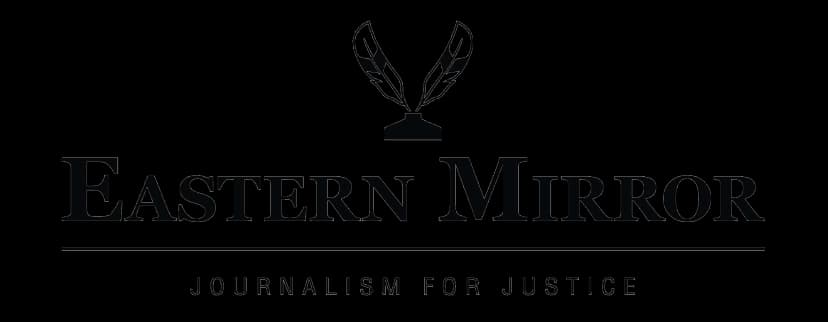SATURDAY, AUGUST 02, 2025
- Home
- Angami: The “Vulnerable”Language of Nagaland
Angami: The “Vulnerable”Language of Nagaland
Published on Feb 23, 2016
By EMN
Share
Under the UNESCO’s Language Vitality and Endangerment Framework, Angami language has been kept at the level of “vulnerable” meaning that it is still spoken by most children but “may be restricted to certain domains.” In 2001, there is an estimate of 125,000 first language (L1) Angami speakers (Angami language, Wikipedia, the free encyclopaedia). Besides English, Nagamese has become the lingua franca among the Nagas. Angami is a tribe in Nagaland and Manipur(Govt. of Manipur web). The language spoken by this tribe is called “Angami”/ “Tenyidie”. It is interesting to note that though outsiders call the language “Angami” there are many variations from village to village. With modern education; the Angami language developed and came to be known as Tenyidie (Language of the Tenyimi people) such as “Aa ba ki po” and even brought out the Holy Bible in Tenyidie (Ketholeshü). Tenyidie in use today is the colloquial language of the people of Kohima and surrounding villages.I, being from Viswema village; though Angami, speaks “chokri” type of language and so learning the modern “Tenyidie” needed some efforts initially as there are many differences such as Dog is called “Tepfii” in Tenyidie while in Viswedzii it is called “Ohi”. During my school days at the then Baptist English School, Kohima, I became the laughing stock many times while making some mistakes in the pronunciation in Tenyidie (which our called “Kewhidzü” meaning language of the Kewhimia or language of Kohima village); which made me cautious and a bit reluctant to speak in that language at that time. Similarly, we laugh at the slight mistakes in pronunciations made by those who are trying to speak English and thereby discourage him/her not to learn the English language and made it difficult to make it into the Lingua franca in our state. However, since it is the official language and is taught in schools and colleges, our youth have an advantage in competitive exams and adapting to work places outside our state; while some youths from some other states who study in their vernacular medium have to go through the process of learning English to compete or adapt.In the 1950-80’s in Kohima town; Angami (Tenyiedie) language was widely used and even those who migrated from other parts of Nagaland and other states could speak “Angami”. Even today, we find some Rajasthani old man who can converse in Angami/Tenyidie. But towards the end; it became reduced to “Zutho ba me?”only. This trend has since changed with the new found lingua franca “Nagamese”. I am not saying we should not learn Nagamese or for that matter any other language; but just that, some Angami families have become more convenient conversing in Nagamese and their children are not able to speak their own mother tongue. Tenyidie is now in the Universities. However, for a language to survive, a population should speak or converse in that language. And what is a language without people to converse with? These days our children call us as “Papa”/”Apa” and “Mummy”/”Ama” instead of “Apuo” and” Azuo”and we have accepted it, which may be one of the many factors for the UNESCO’s Language Vitality and Endangerment Framework, to put Angami language at the level of “vulnerable” category. “Hoi nah no hoi’?
(Rusovil John)
Viswema
rusoviljohn@yahoo.co.in

